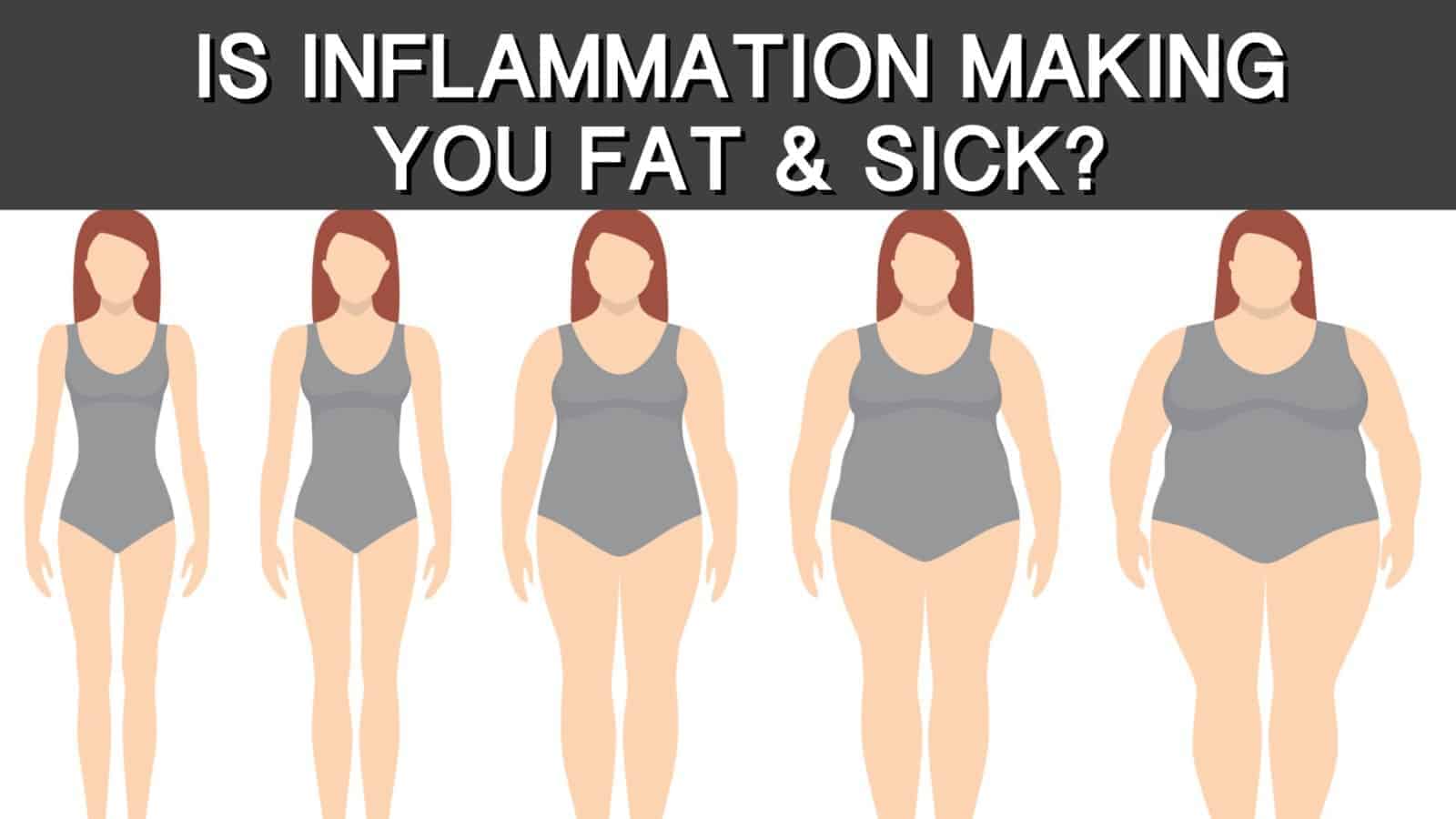As a result of human activity – namely, industrial and commercial processes – the world is burdened with toxins. There is both good news and bad news for people (rightly) concerned with the number of toxins floating around. Bad news first: it is impossible to deny entry of toxins into the human body (unless you become a recluse); the good news: we can do something about toxic effects on the body.
Contrary to what many believe, inflammation in itself is not damaging. In fact, normal inflammation is a healthy body’s response to physical harm – known as acute inflammation. Acute inflammation is a necessary physical response that allows the body to heal after an adverse physical event (e.g. breaking a bone, cutting a finger). Inflammation of this variety also “traps” impeding and harmful substances to eliminate them from the body.
Chronic inflammation, meanwhile, is a potentially damaging condition. Medical professionals and researchers have linked chronic inflammation to a variety of conditions, including diabetes, Alzheimer’s disease, and even hair loss. Chronic inflammation is also difficult to detect without a comprehensive blood test.
However, there are physical signs that may point to chronic inflammation. This article discusses eight of these signs, and supplements them with ways to reverse the damaging condition. We hope this article proves beneficial to all of us concerned with the adverse effects of chronic inflammation on the body, and that the “treatments” noted here are helpful.
Here are 8 signs of chronic inflammation:
1. Persistent abdominal pain
Inflammation can trigger episodes of abdominal pain, as the gut is sensitive to substances that provoke inflammation. Such episodes often include bouts of diarrhea and constipation, as well. Additionally, it comes as no surprise that any level of gluten intolerance (a source of inflammation) can stimulate abdominal pain.
2. Depressive symptoms
Depression and depressive symptoms are complex, as several factors contribute to the conditions. Chronic inflammation is one such factor, according to researchers. Many physicians have come to this conclusion by citing depressed patients that suffer from many conditions – heart disease and skin cancer, for example – with higher levels of inflammation.
3. Chronic fatigue
Mary Harrington, director of the neuroscience program at Smith College, believes that inflammation is “key” for those with chronic fatigue. Harrington cites the physical link between inflammation and the central nervous system (brain and spinal cord), stating that inflammation can alter the brain’s circadian mechanism – the part of the brain responsible for sleep/wake cycles.
4. Insomnia
There may be a link between insomnia and chronic inflammation, as it’s known that the latter interferes with the body’s sleep/wake cycle. Also, toxic buildup can worsen and even manifest into, insomnia episodes. There is also a known connection between insomnia and liver problems, as well as a physical link between inflammation and problems with the liver. Many health professionals recommend a liver cleanse to help alleviate one or both conditions.
5. Skin problems
People who experience high levels of stress (everyone?) produce more inflammatory chemicals than those who do not. As our skin is considered a primary indication of health, it is unsurprising that these stress chemicals can lead to, or exacerbate, several skin conditions – including acne and psoriasis.
6. Frequent Headaches
Chronic headaches are potential signs of high toxicity in the body. Therefore, it is not a stretch to assume headache episodes that increase in frequency may be a telltale sign of high toxicity levels. Headaches are a byproduct of the body’s inherent tendency to detoxify, and a direct sign that inadequate nutrition may be the root cause (more on this later).
7. Tongue discoloration
Besides the skin, our tongue is the next best indicator of the body’s toxicity levels. Foods that contain toxic chemicals (e.g. refined carbohydrates, unhealthy fats) alter the mucus of the digestive system, and is evident via a discolored tongue. When this happens, the tongue will often take on an unnatural white or yellow coloration.
8. Excess belly fat
In a study published in the journal Obesity, researchers found a link between environmental toxins and high levels of abdominal fat. This is not the first study to derive such a connection, as Washington University researchers also found a correlation. It is believed that certain toxins affect how fat is stored in the body, and that these toxins create a physiological response that disproportionately stores fat in the belly.
Reversing Chronic Inflammation
Now that we’ve gone over some physical symptoms that may indicate chronic inflammation as the source, let’s turn our attention to how we can effectively counteract the condition. When reading through this list, you’ll notice that all of the recommended actions require nothing more than simple lifestyle changes.
– Reduce or eliminate refined carbohydrates: Sugar and white flour are two ingredients that are abundant in many processed foods. The Arizona Center for Advanced Medicine estimates that Americans consume, on average, more than 160 pounds of sugar and 200 pounds of white flour per year.
To effectively reverse chronic inflammation, foods containing these ingredients should be severely restricted or eliminated, as they stimulate the release of inflammatory chemicals in the body. The most common foods associated with high levels of refined carbohydrates includes: bread, cereal, cookies, soft drinks, bread and pasta.
– Consume the right Omega’s: Omega-6 fatty acids provoke an inflammatory response, while omega-3s contain anti-inflammatory properties. We consume up to 30 times as many omega-6s than omega-3s, which is disproportionate to say the least.
To put this discrepancy in-balance, it is necessary to consume only natural or organic types of fats and oils.
– Get active: It is estimated that two out of three Americans are overweight, with many developed countries not far behind. This trend is problematic; as fat cells produce excessive amounts of inflammatory chemicals.
Aim for 30 minutes of physical activity at least three times per week. Simply going out for a brisk walk or going on a bike ride can achieve this.

















